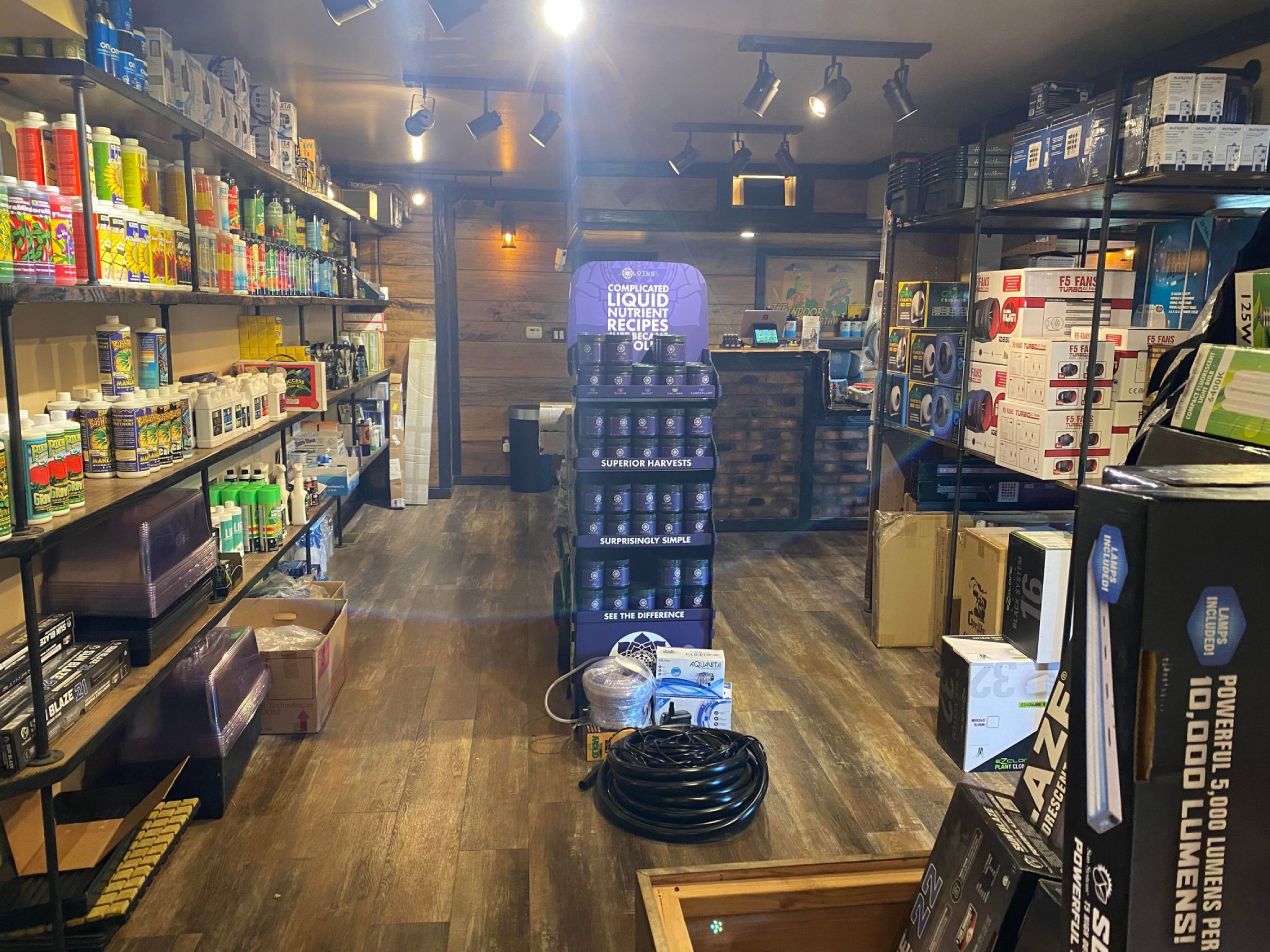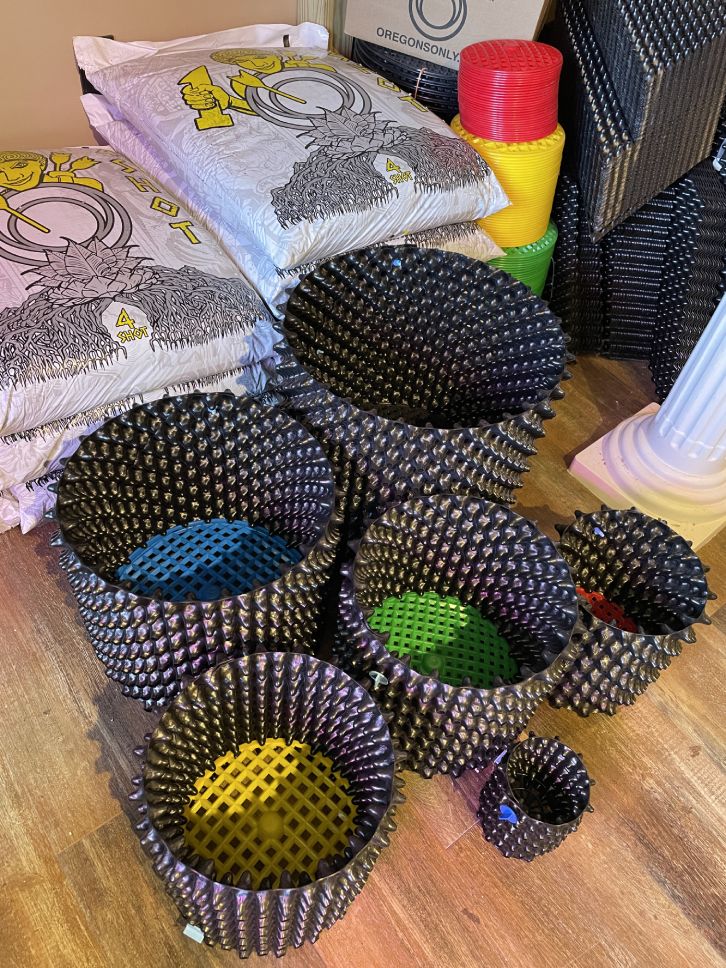The Indoor Earthworm: Unleashing the Power of Worms in Your Hom
The Indoor Earthworm: Unleashing the Power of Worms in Your Hom
Blog Article
The Ultimate Guide to Hydroponic Equipments and Techniques
On the planet of contemporary agriculture, hydroponic systems have actually arised as a groundbreaking method for growing plants without soil. The meticulous balance of water, nutrients, and light in hydroponic setups offers an appealing choice to standard farming practices. As we uncover the intricacies of hydroponics in this comprehensive guide, we will certainly browse with the various types of systems, explore the important nutrients important for plant growth, and look into advanced strategies that can significantly enhance returns. What happens when usual issues emerge in hydroponic systems? Stay tuned to unwind the troubleshooting strategies that can make or break an effective harvest.
Benefits of Hydroponic Solutions
Hydroponic systems use a wide variety of benefits, including efficient resource usage and specific nutrient distribution to plants. By providing a controlled environment for plant growth, hydroponic systems allow optimum water and nutrient use, resulting in higher yields compared to typical soil-based cultivation. This efficiency not only preserves sources yet additionally reduces waste, making hydroponic systems eco-friendly.
In addition, the specific delivery of nutrients in hydroponic systems enables modification based upon the details needs of each plant variety. This targeted method makes certain that plants receive the ideal equilibrium of necessary nutrients, promoting much healthier development and minimizing the risk of nutrient shortages or imbalances. Additionally, the ability to adjust and keep an eye on nutrient degrees in real-time maximizes plant performance and total crop high quality.
Additionally, hydroponic systems eliminate the demand for herbicides and pesticides, as the closed-loop system reduces the risk of pests and illness that are typically found in soil-based agriculture - The Indoor Earthworm. This not just profits the plants and the atmosphere yet additionally adds to creating cleaner, healthier crops for intake
Sorts Of Hydroponic Setups

Deep Water Culture (DWC) includes putting on hold plant origins in a nutrient remedy, permitting for ample oxygenation. Nutrient Movie Strategy (NFT) makes use of a shallow stream of nutrient service streaming over the plant origins, giving a consistent supply of nutrients. Ups and downs systems flooding the plant roots at intervals, ensuring they get nutrients and oxygen. Leak systems include dripping a nutrient solution onto the plant origins, supplying exact control over feeding. Aeroponics mists the plant roots with a nutrient solution, making best use of oxygen absorption.
Each kind of hydroponic setup has its advantages and is suited to various plant ranges and development phases. Comprehending the unique attributes of these systems can help hydroponic growers choose the most suitable arrangement for their certain requirements and preferences.
Vital Nutrients for Hydroponics
In hydroponic systems, plants rely upon an exact equilibrium of vital nutrients to flourish and grow effectively. These necessary nutrients are vital for different plant functions such as photosynthesis, origin development, and overall growth. The primary macronutrients called for by plants in hydroponic systems are potassium, nitrogen, and phosphorus. Nitrogen is vital for leafed eco-friendly growth, phosphorus aids in origin growth and flower/fruit production, while potassium aids in overall plant health and illness resistance.
In addition to macronutrients, plants additionally require additional nutrients like magnesium, sulfur, and calcium, along with trace elements such as iron, copper, zinc, and manganese (The Indoor Earthworm). These nutrients are crucial for making sure that plants have all the check my source needed foundation to bring out essential biological processes

Advanced Strategies for Maximum Yield
To attain optimal returns in hydroponic systems, cultivators can execute advanced techniques that boost plant growth and performance. Furthermore, employing strategies like plant training and pruning can assist enhance light circulation and air flow, ensuring that all components of the plant receive appropriate light and nutrients. Utilizing automated systems for nutrient shipment and monitoring can aid maintain ideal nutrient levels, lowering the risk of shortages or inequalities that can impede plant development.
Troubleshooting Common Hydroponic Issues
When faced with obstacles in hydroponic systems, growers usually experience usual concerns that can impede plant development and productivity. One common problem is nutrition shortages, where plants lack vital elements for healthy growth. To fight this, normal surveillance of nutrient levels and adjusting the nutrient remedy appropriately is critical. Another typical concern is pH imbalance, which can result in nutrient lockout and inadequate absorption. Maintaining the appropriate pH variety details to the plant being expanded is vital for ideal nutrient uptake. In addition, insufficient oxygen levels in the origin area can cause origin rot and stunted growth. Making sure appropriate oygenation and oxygenation of the nutrient remedy can help prevent this problem. Insect invasions, such as aphids or crawler mites, can likewise afflict hydroponic systems. Carrying out incorporated parasite monitoring strategies and on a regular basis inspecting plants can assist manage and stop invasions. By immediately determining read and attending to these typical hydroponic problems, cultivators can preserve healthy plants and maximize returns in their hydroponic systems.
Verdict
Finally, hydroponic systems supply many advantages for growing plants efficiently. By making use of numerous sorts of arrangements and giving essential nutrients, farmers can achieve optimal yield via progressed techniques. It is vital to fix common concerns that might arise in order to preserve a successful hydroponic procedure. With careful preparation and attention to information, hydroponic systems can reinvent the way plants are cultivated, leading to more sustainable and efficient farming practices.
By providing a regulated environment for plant development, hydroponic systems allow optimal water and nutrient use, leading to higher returns compared to standard soil-based farming. The Indoor Earthworm. Nutrient Film Strategy (NFT) utilizes a shallow stream of nutrient remedy streaming over the plant origins, offering a consistent supply of nutrients. Tracking and adjusting nutrient degrees based on plant growth phases is important to stopping vitamins and mineral deficiencies or poisonings and making best use of plant efficiency in hydroponic systems
Additionally, using methods like plant training and trimming can help enhance light circulation and airflow, making sure that all components of the plant obtain adequate light and nutrients. Utilizing automated systems for nutrient shipment and surveillance can help maintain optimal nutrient levels, decreasing the danger of shortages or discrepancies that can impede plant development.
Report this page